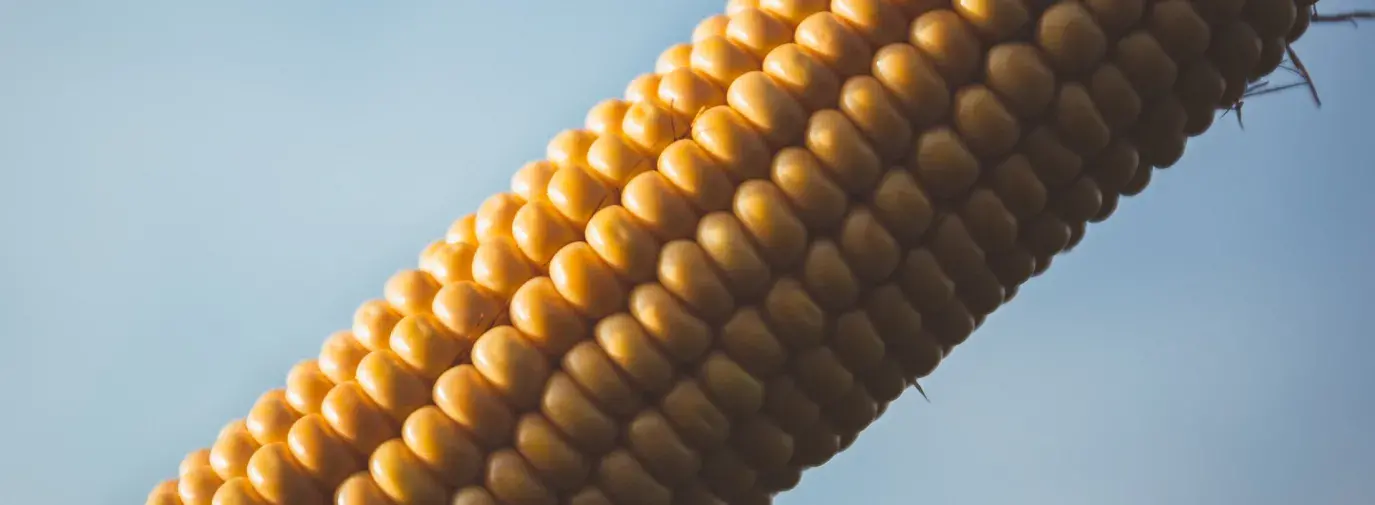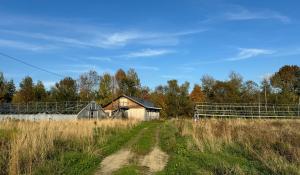
Feeding The World Without GMOs from Gringo Starr Productions on Vimeo.
One of the most often touted benefits of genetically modified organisms (GMOs) or genetically engineered (GE) crops, is that they are essential to feed the world’s growing population. There are currently over 7.5 billion people on this planet and expected to rise to 9.5 billion by 2050. If consumption trends continue, in order to feed that many people, we would need to grow one-third more food. First, let's look at this argument from an agricultural perspective.
The vast majority of GMO crop production does not go towards direct food consumption; rather, it is used for the production of animal feed and ethanol. These are crops engineered to withstand, work in partnership with, and self-generate pesticides. They are not engineered to increase yield or face climate-related challenges to growth, such as drought tolerance. There is one variety of corn has been bred for drought resistance, but it is likely to only be effective in 15 percent of US corn fields and is not effective in severe or extreme drought, which we are expected to have more of in the coming years.
Industrial agriculture isn't the answer.
Increases in yield from GE crops are a result of a decrease in yield lost to pests from Bt crops, pesticides, and an increase in fertilizer use (made from petroleum, defeating the purpose of ethanol). Unfortunately, growing weed and pest resistance is already decreasing their effectiveness, requiring much more dangerous pesticides and making useless one of the most used organic pesticides, Bt. These minimal increases in yield have come with major externalities, including but not limited to water pollution, pollinator loss, and soil degradation, that put future food security at risk. After decades of attempts, Big Biotech has not been successful in breeding GE seeds that increase yield or reduce water use. Conventional breeding outperforms genetic engineering when it comes to nitrogen use efficiency (the ability for crops to pull nitrogen out of soil, developing a more efficient use of fertilizer, ultimately decreasing the demand for fertilizers) and water use efficiency (WUE).
Overall, conventional breeding is responsible for most of the successful advances in yield. It also happens on a much shorter timeline at a much lower cost. Industry studies show that it takes a minimum of ten years to develop a GE crop and nearly $150 million; whereas conventional crops take only $1 million to develop, improvements WUE and drought resistance naturally occur at an estimated 1 percent each year. While Big Biotech develop GMOs in a lab, farmers are improving traditional crops in the field. Due to this drag rate by the time GE crops are finally released they are actually behind their conventional counterparts.
Conventional crops could also be more effectively bred to work in partnership with the cultural food needs and geographical climate and soil challenges unique to specific regions. Forcing GE crops into developing countries with higher existing biodiversity puts that biodiversity and future food supplies at risk by threatening native species and practices. There are an abundance of types of crop varieties (both already in use and wild) accessible to breeders and growers. It is important that we tap into this vast resource to expand nutrient diversity and accessibility.
The Alternative to GMOs: Agroecology
Considering the changing climate and increasing pressures on and demand for our scarce resources, expanding the industrialized system of agricultural is not the answer. Agriculture is already one of the largest contributors to climate change. In order to sustainability produce the food we will need, we must support a transition to more regenerative, agroecological methods of farming. Agroecology as a “science is the ‘application of ecological science to the study, design, and management of sustainable agroecosystems.’ As a set of agricultural practices, agroecology seeks ways to enhance agricultural systems by mimicking natural processes, thus creating beneficial biological interactions and synergies among the components of the agroecosystem.”
It is essential to look at the entire system and how plants work with one another and their surrounding climates. Regenerative agriculture works to rebuild soil health and biodiversity; sequestering carbon, preventing soil erosion, protecting water sources, and reducing harmful pesticide and fertilizer runoff in the process. Agroecology is also a much better system of management for small holders and provides a more balanced diet with more nutrient dense crops. Smallholders already produce 70 percent of the world’s food on only 25 percent of the land. More diversified planting is better for soil health and biodiversity and will better handle the challenges presented by climate change and the damage we have already done to our resources.
Lack of Equity + Poverty = Hunger
Hunger is not an issue of agriculture or food quantity, but one of poverty and equity. There is currently enough food in the world to feed 10 billion people. That means that we actually have an excess of food.
Despite that, there is still a shocking number of people who are hungry, 791 million (the majority of which live in developing nations). More than anything, hunger is a result of poverty. The World Bank estimates that there are over 1 billion poor people in developing countries. Continued hunger leads to continued poverty as those suffering from chronic hunger are unable to perform manual labor (the most common source of income in developing countries) and increase their standard of living. Much of this poverty and hunger is caused by existing economic inequity as a result of current political systems that favor those with higher incomes. The current industrial food system emphasizes the need for countries (regardless of size) to export food crops despite the local demand for basic nutrients. If poverty and livelihoods are not improved it will not matter how much food is produced if the poorest, and in turn hungriest, do not have the financial ability to access it.
At the same time that there is great hunger there is also excessive food waste throughout the world. It is even worse in the western hemisphere; the US alone wastes 40 percent of its food. In western countries, grocery stores throw out a lot of food and will not purchase unattractive produce. Food is wasted simply because it is visually unappealing or goes uneaten. In developing nations food waste is a result of a lack of infrastructure, capital investment, and basic necessities. Lack of access to road ways, storage facilities, and basic refrigeration prevents food access and increases spoilage rates. With proper investment and support these problems could be remedied.
Despite the hunger epidemic we also have an obesity epidemic as a result of poor nutrition, high meat consumption, and increased processed food consumption. Worldwide, most of the expected demand for an increase in food is not based on a baseline need for nutrients, but rather the growing trend of developing countries to adopt the western diet of meat consumption. It takes substantially more calories to produce meat and ultimately results in a number of health challenges. Not only does this require a higher production of animal feed crops, the raising of animals for meat puts a number of stresses on the environment due to the current system of large concentrated and confined animal feeding operations, or CAFOs.
Hunger is an issue of politics and justice.
It is a choice that we make as a nation and as group of developed countries. In order to tackle these problems of access we need to drastically change our food system. We need an international system of agriculture that supports food sovereignty, regenerative agroecological farming practices, and food security on a regional and local level. GMOs are not the answer.






